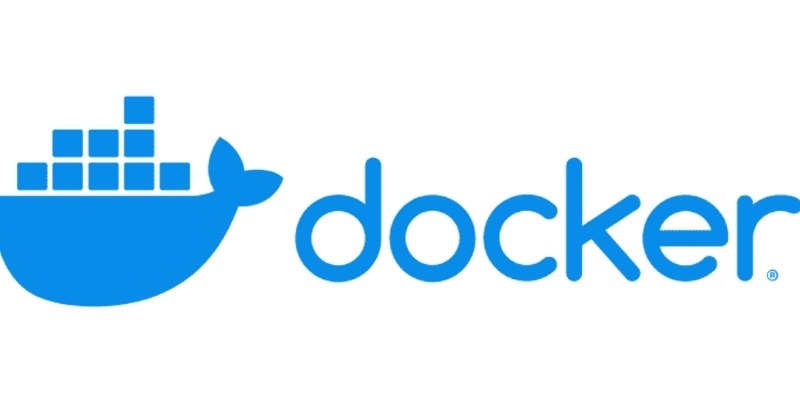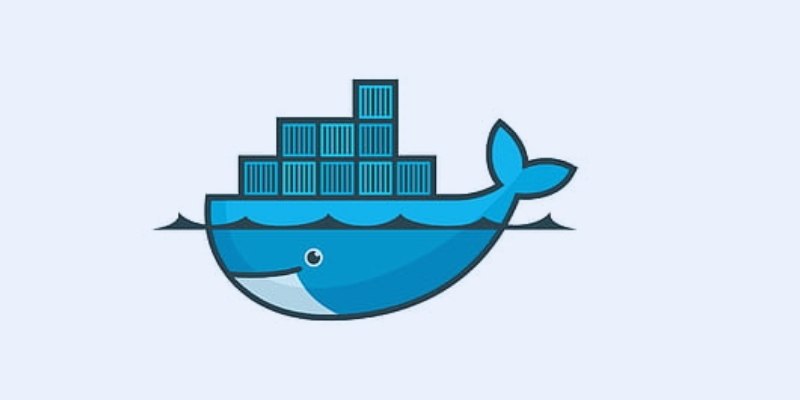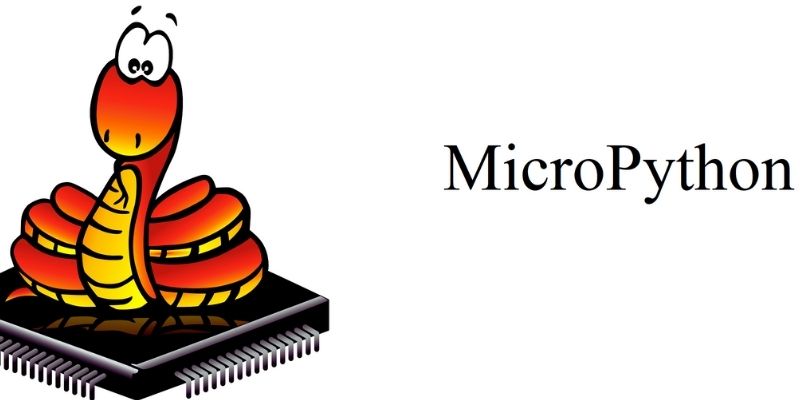Through seamless deployment, scalability, and repeatability, Docker simplifies data engineering. Learning important Docker commands guarantees consistency, streamlines procedures, and automates tasks. These commands effectively help control networks, pictures, and containers. Large data handling, executing ETL pipelines, and application deployment all depend on them. Docker offers a strong solution, whether dealing with databases, Spark, or Kafka.
The article addresses essential Docker commands for data engineering that improve efficiency. You will learn skills in building, starting, stopping, and controlling containers. Additionally, it supports flawless integration between services using Docker commands to control data pipelines. Using better resource use and automation, Docker streamlines data processes. Let's review 10 vital commands and how they affect your workflow.

10 Docker commands for data engineering
Here are top Docker commands that help simplify the work in data engineering.
` docker pull` – Download Images
Docker pull commands get container images from repositories, including Docker Hub. Pre-configured settings for data engineering tools abound in these images. To pull an image, run: "Docker pull python:3.9 ".
Crucially for running scripts or Jupyter Notebooks, this downloads the newest Python 3.9 image. Using approved photos guarantees security and cuts setup time. Engineers often pull Spark, Postgres, or Hadoop images and create strong processes. Through tag specification, the command also provides version control. If you need Spark 3.2, use: "docker pull bitnami/spark:3.2." Frequent image updates with ` docker pull` guarantee you operate with the most recent features and changes. Good application of this command helps to preserve dependable data pipelines. Images also facilitate simple team collaboration by giving the same surroundings.
`docker run` – Start Containers
Start and build a container from an image with the ` docker run` command. For example, to launch a PostgreSQL database, use: docker run -d --name mydb -e POSTGRES_PASSWORD=mysecretpassword postgres
The background running container is the {-d} flag. The custom name supplied by the `--name` flag is for simple access. Starting from environment variables, including passwords or setups, one can pass. Containers solve dependability problems and streamline testing. This program lets data engineers rapidly create Spark or Hadoop clusters. Running containers in isolated settings guarantees seamless data processing job execution. Containers support uniformity in manufacturing environments, testing, and development surroundings.
`docker ps` – List Running Containers
To check running containers, use "docker ps, "Which commands container IDs, names, status, and ports. Debugging and tracking performance depend on closely observing active containers. Including halted ones, using the `-a' flag lists all containers:
"Docker ps -a" Tracking several running services is necessary for big data projects. This command lets one confirm whether Spark, Kafka, or Postgres services are operational. Constant monitoring of running containers helps to avoid unplanned data pipeline breakdowns. It also offers an understanding of possible system congestion and resource use.
`docker stop` – Stop a Running Container
To stop a container, run: "Docker stop mydb," Which gently closes the chosen container. Multiple containers can be stopped concurrently, if necessary: Docker stop container 1, container 2
Eliminating pointless containers helps free system resources. Effective operating service management maximizes performance for big-scale data engineering projects. Using `docker kill` aggressively stops a container from becoming unresponsive. Correct active container management enhances system stability and helps avoid memory usage.
`docker images` – List Downloaded Images
To view available images, use "docker images," Which provides listings of categories, sizes, and repository names. Maintaining a neat image inventory helps to avoid mess. Remove an image using "docker rmi image_id." Effective image management lets data engineers keep a neat workstation. Just storing necessary pictures helps to save disk space. Maintaining current image lists guarantees project compatibility.
`docker exec` – Run Commands in a Container
The `docker exec` command runs commands inside a running container. To access a PostgreSQL database shell, use: "docker exec -it mydb psql -U postgres."
Interactive mode is enabled with the {-it} flag. Engineers use this to change configurations, check logs, or troubleshoot. Running shell operations within containers removes hand SSH access. In big-scale data projects, this enhances maintenance and debugging. It also guarantees simple running application access without changing container settings.

`docker logs` – View Container Logs
To inspect logs from a running container, use "docker logs mydb. "It shows the produced output inside the container. Debugging failed jobs, tracking problems, and monitoring system performance depend on logs. For continuous monitoring, use: "docker logs -f mydb"
The `-f` flag streams real-time logs. Effective log management helps to preserve dependable Docker commands for data pipeline management. Regularly monitoring logs guarantees system stability and speedy problem-fixing.
5. `docker rm` – Remove Containers
To delete a container, use: "docker rm mydb." Stopped containers devour disk space. Frequent cleansing guarantees the best possible development environment. Use dockerrm $(docker ps -aq) to remove many containers concurrently.
It eliminates all halted containers. Effective cleansing helps avoid wasting resources when performing data-intensive tasks. Large-scale data systems depend on clean surroundings to prevent needless storage use. Eliminating old containers helps organize systems more effectively.
`docker network` – Manage Networks
Multiple containers interacting with one another form data engineering processes. Docker networks provide flawless interaction. To create a new network, use "docker network create mynetwork."To connect a container to this network, run: "docker network connect mynetwork mydb"
Names allow containers housed inside the same network to interact, which is vital for multi-container projects like Spark and Kafka. Correct network setup guarantees seamless data flow, and good network management improves system security and communication effectiveness.
`docker-compose up` – Start Multiple Containers.
Docker is Composing helps with multi-channel setups. A `docker-compose.yml` file defines services, networks, and volumes. To start all services, use: "docker-compose up -d."
This command starts several concurrently launched containers. Compose helps data engineers oversee interconnected systems, including message queues, ETL tools, and databases. Running programs in controlled surroundings increases performance and maintainability. Automating multi-container configurations cuts configuring mistakes and saves time.
Conclusion:
Learning these fundamental Docker commands for data engineering simplifies processes and improves performance. Every command maximizes containerized environments, from image pulling to network management. Correct application of docker run, docker ps, and docker logs guarantees flawless monitoring and deployment. Effective cleanup with docker rmi and rm maintains resources in the best shape. Easy interaction among data services is made possible by network administration. Using docker-compose-up automates multi-container configurations, therefore streamlining difficult tasks. These Docker commands for data pipeline management enable developers to create dependable, scalable, repeatable systems. Include these commands into your regular work to optimize output.











